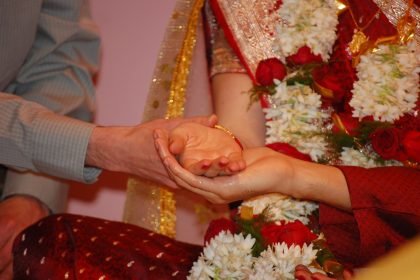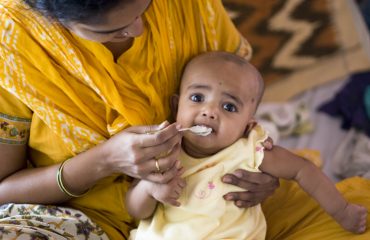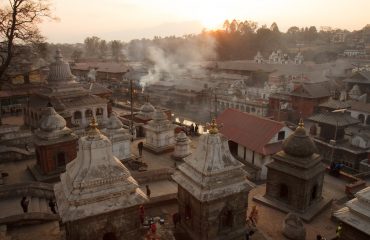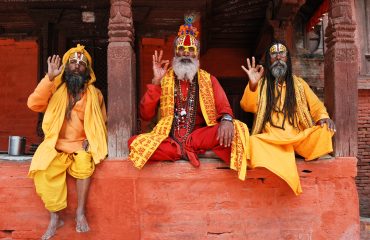
Kanyadan (Giving the Bride’s hand to the groom) and Hasta Milap (Joining of Hands) are both important parts of the traditional Hindu wedding ceremony.
The Kanyadan takes place in the name of the Deity Kaama.
The Kanyadaan ceremony marks the biggest transition in a bride’s life. The ceremony confirms the change of role in her life, from a daughter to a wife. From the relative security of her father’s house, she now embarks on a journey to a new place and new surroundings. Kanyadaan is an extremely emotional ritual for the bride and her parents. It also exemplifies the sacrifice of the father and mother to commence the new phase of the daughter’s life and ensure her happiness.
During the Kanyadan, the parents of the bride officially give their daughter’s hand to the groom and join their hands together pouring water on their hands. so that the water may join them together and mix them as husband and wife. Holy scriptures say that two separate people come to the mandap, but only one comes out of it because the whole ceremony of Kanya Daan serves to join them together and unite them as husband and wife.
Hasta Milap the bride’s parents have placed the bride’s and groom’s hands together take a cloth and tie around their hand and hold them together while the Hindu priest recites the blessing prayers. He wishes them a healthy and happy life. The cloth and the joined hands symbolize the unbreakable tie and the complete union of their souls.



